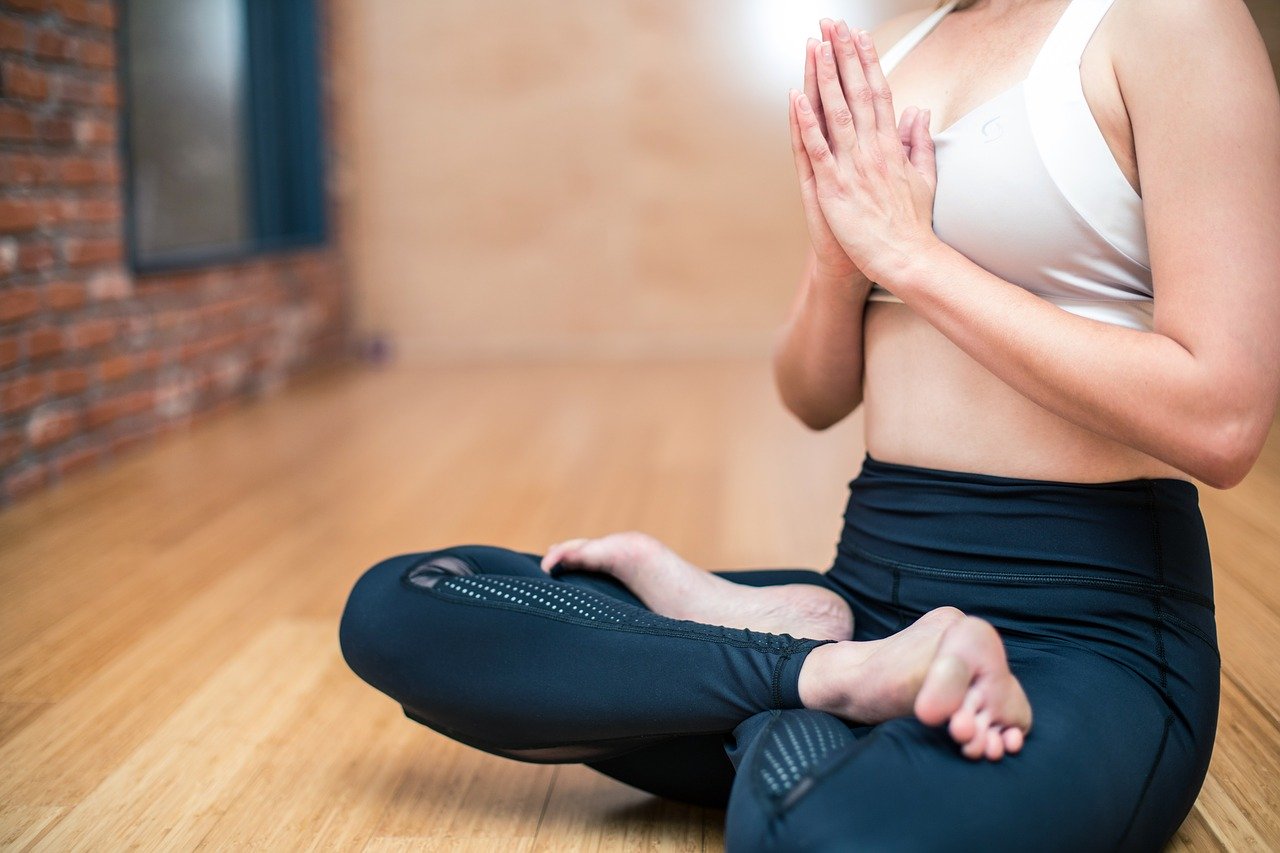
As people continue to suffer from stress, depression, and addiction, many individuals are looking towards holistic approaches such as yoga as a way to heal themselves from these debilitating ailments. According to yoga teacher Kirsty Davis from Yoga Training Guide, “Yoga is a powerful tool for healing because it focuses on reconnecting people with their breath. As more people become overwhelmed with their daily lives, they are losing their connection to their breath with is why they are struggling.”
The essence of yoga is channeling and attention: attention to breathing, body messages, energy and even the quality that we give it. “Over the years, I realize that my practice is constantly evolving” says Davis. “Deepening your practice does not necessarily mean performing more difficult postures but rather understanding their meaning more. Improved technical precision can make yoga practice more balanced and more exciting, even in the simplest postures, and help us deepen our knowledge of the real meaning of yoga.”
Learning To Practice Yoga
Learning yoga is, among other things, learning to love to practice it, not necessarily at all times but as we love a good friend who is part of our life. We love people who, on occasion, can arouse feelings of frustration or anger in us without affecting the feeling of love we have for them. If we have been practicing yoga for a long time and have no pleasure in it, we need to question how we approach it. At any time in a posture, are we present or happy to be there? If the answer is no, it is very likely that our mind is elsewhere.
Perhaps we approach a posture courageously because it “must” or because it is “beneficial for the body”. We may be struggling to reach the end goal, either the ultimate posture or the level of flexibility of a previous practice. If our attention and our interest are not located at the bodily level, it is because we are not entirely present in the posture.
Letting Go
During a yoga practice, attention calls to letting go, this state of relaxation that leads us to “be truly” in the posture which is very calming. We are therefore awake and attentive but not passive. The body “decides” when to keep a posture, step back, deepen it or simply withdraw from it.
Yoga teaches us to channel energy into specific places to generate more when stretching or relaxing in a posture. Learning to channel energy with depth and precision is an essential part of yoga, which we do not emphasize enough. This capacity does not depend on our flexibility but rather on our intellectual qualities which will allow us to detect stiffness and blockages and to pay particular attention to it.
Awareness Through Yoga
The word “attention” means a broadening of the spectrum of awareness that occurs when thought no longer tries to control or direct. Channeling requires more concentration than attention and of course calls for control. Even though these two states differ from each other, they are intimately linked. Indeed, when we are attentive, we learn to channel energy and better channeling brings more attention. This is another example of a game of balance between control and letting go during a practice.
Breath & Prana
Breath is essential to life (traditionally called “prana”). In yoga, it is the link between the mind and the body, since the respiratory movement takes place automatically or in a voluntarily controlled manner.
Breathing is the cornerstone of the technique. Learning to use the breath effectively allows us to achieve greater depth in practice since it helps increase flexibility, strength, endurance and balance. I use a variation of the “ujjayi” technique, a deep breath that occurs at the level of the rib cage and which is prolonged using glottic control.
A back and forth movement of the lungs on the glottis on inhaling and exhaling helps us to deepen the postures and provides instant relaxation. In postures involving forward flexion, compression and bending, movement and stretching are initiated to exhale, retaining the posture and then relaxing or straightening up on inspiration. Conversely,
The breath itself is an interesting example of control and letting go. By using the breath and not the mind to guide and control movement and stretching, the body can more easily surrender into posture. When the breathing and the body become one, the current of energy flows through the muscles, which completely changes the quality of our practice. The use of good breathing allows us to leave the mind to reconnect to the body thus bringing grace and sensuality to the movement, a state impossible to achieve when the will takes over. This breathing technique gives the whole body a level of attention in relaxation and balance and can be used to diffuse energy in various parts of the body.